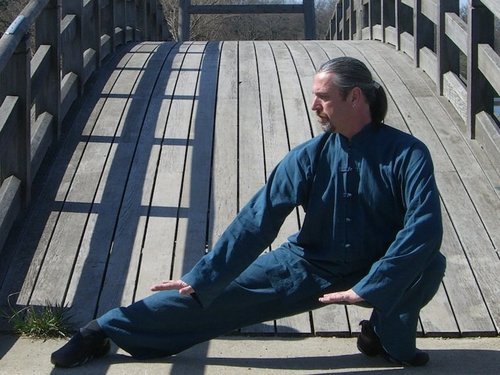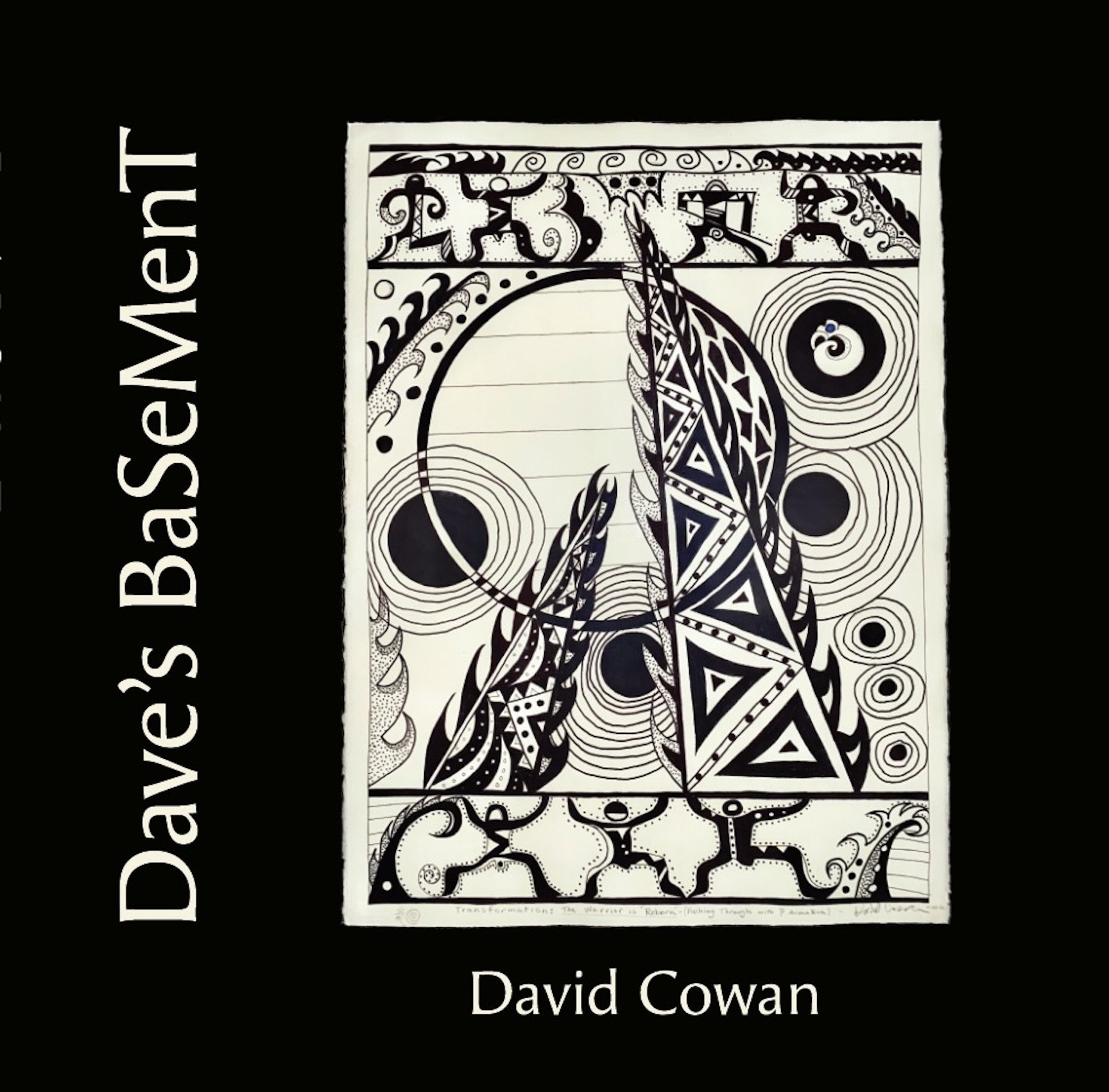What Is Qi Gong?
Exercise in Tranquility
Qigong is an ancient practice for cultivating one's internal energy to achieve inner-balance and integration. It is a powerful tool anyone can learn to use to soften chronic pain, calm the mind, heal emotions, and restore suppleness.
The word Qigong is formed by combining two Chinese characters - Qi and Gong... Qi is vital energy or breath. Gong - short for Gongfu (or the more familiar: Kungfu) - means: spare-time, skill cultivated through daily practice, an art mastered through long-term disciplined effort.
The most ancient Qigong forms have their roots in the shamanic practices of prehistoric hunter-gatherer cultures and are based on the movements of sacred birds and animals. The animal-forms of bears, tigers, deer, snakes, monkeys, cranes, dragons, and even turtles were imitated to bring the shaman into accord with the special powers of these totem animals. This ancient source originates in the shape-shifting dances of tribal holy men. As such, these nature forms predate written records. This lends credence to the claim that Qigong is a Healing System over 5000 years old, but perhaps - over 50,000 years old! - is more accurate.
The Five Origins of Traditional Qigong
Traditionally, all Qigongs come to us from five distinct schools of philosophy—these are the Confucian, Daoist, Buddhist, Martial and Medical schools of Qigong. Each Qigong school shares similarities in form and the basic principals of practice, but each emphasizes a distinctly different goal.
Confucian Qigong - practiced by the ruling elite - the goal was to train oneself to remain emotionally detached and centered no matter what the situation.
Daoist Qigong - focuses primarily on increasing longevity which led to the pursuit of alchemy — the turning of base metals into gold—and an attempt to discover: Dan, the ‘Elixir of Life.’ The goal of Daoist Qigong is Immortality.
Buddhist Qigong - focuses on the attainment of Enlightenment. The goal of all Buddhist practices is to become a Buddha sustained by undisturbed inner-peace gained through the practice of meditation.
Martial Qigong - the goal is to become invincible in any fight—a supreme martial artist. Kung fu masters train themselves to become impervious to injury and perform amazing feats of skill and agility due to their years of intensive physical, mental discipline, and their heightened body awareness.
Medical Qigong - the goal is the alleviation of illness, freedom from sickness, good health and long life and youthful flexibility
Many Medical Qigongs are Daoist in origin but Indian and Buddhist yogas are strongly influential too. Interestingly, the fateful blending of Chinese Daoism and Indian Buddhism - through the legendary Buddhist Missionary to China: Bodhidharma ("Da Mo" in Chinese) gave rise to a powerful new branch of Buddhism known as Chan Buddhism - or as it is commonly known in the West: Zen. Bodhidharma's arrival in China also led to the creation of the very famous: Shaolin Temple Kung fu!
Taiji Broad Sword
“Spontaneous healing always happens NOW... If you wait for it, you will miss it.”
— Master Luke Chan




